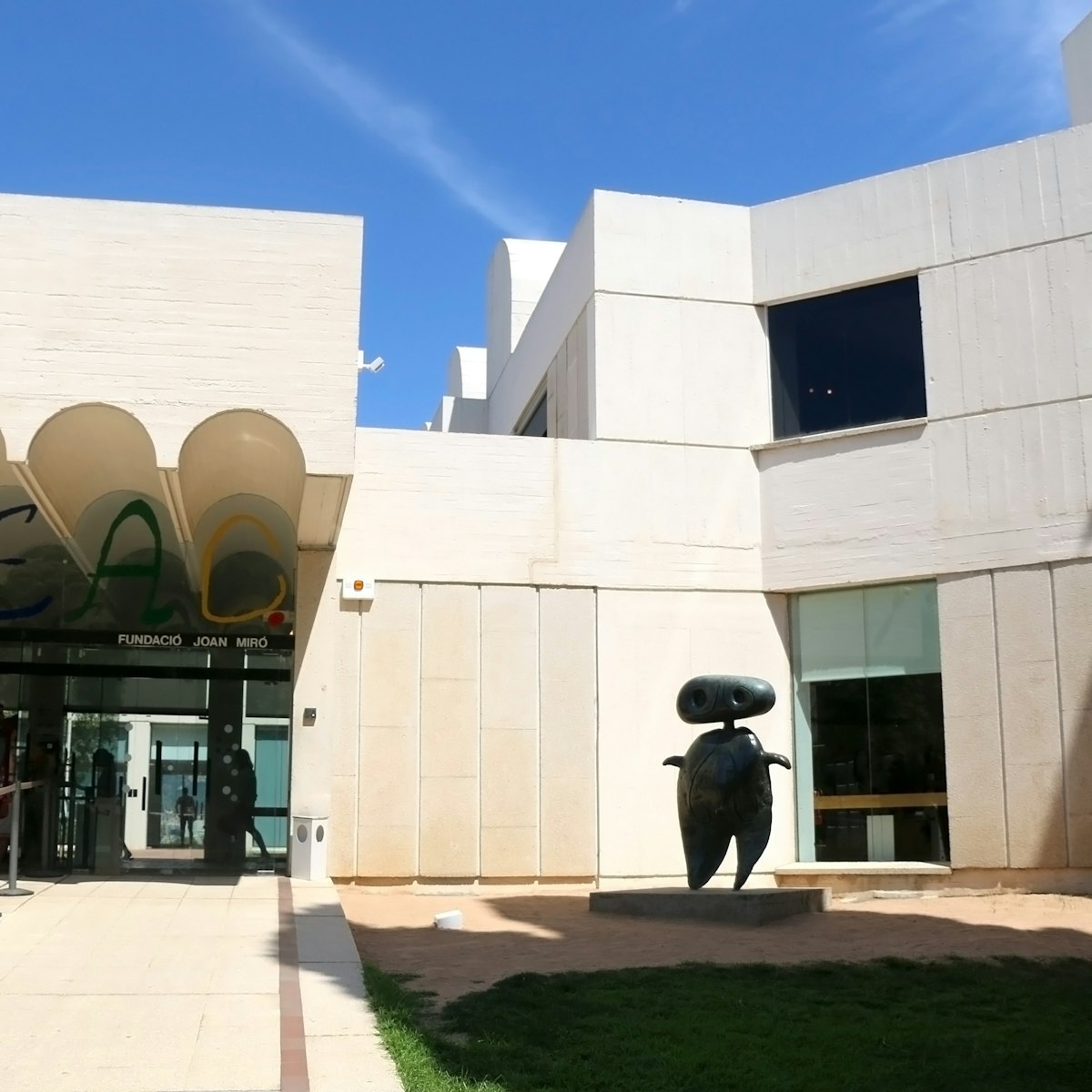Barcelona was the city most heavily bombed by Franco's air forces during the Spanish Civil War, and as a result developed more than 1300 air-raid shelters. Now overseen by the Museu d'Història de Barcelona (MUHBA), the city's 307th refuge (one of its best preserved) was dug under a fold of northern Montjuïc by local citizens from 1937 to 1939. Compulsory tours (reservations essential) run on Sunday only: English at 10.30am, Spanish at 11.30am and Catalan at 12.30pm.
Over two years, the web of tunnels was slowly extended to 200m, with a theoretical capacity for 2000 people. Sleeping overnight in the shelter was not allowed – when raids were not being carried out work continued on its extension. Vaulted to displace the weight above the shelter to the clay brick walls (the porous clay allowed the bricks to absorb the shock waves of falling bombs without cracking), the tunnels were narrow and winding. Coated in lime to seal out humidity and whitewashed to relieve the sense of claustrophobia, they became a second home for many Poble Sec inhabitants – and today remain a testament to Barcelona's resilience.
When the civil war ended, Franco extended the refugi while considering entering WWII on Hitler’s side. When he decided not to join the war, many shelters including 307 were largely abandoned. In the tough years of famine and rationing during the 1940s and 1950s, families from Granada took up residence here. Later on, an enterprising fellow grew mushrooms here for sale on the black market.








